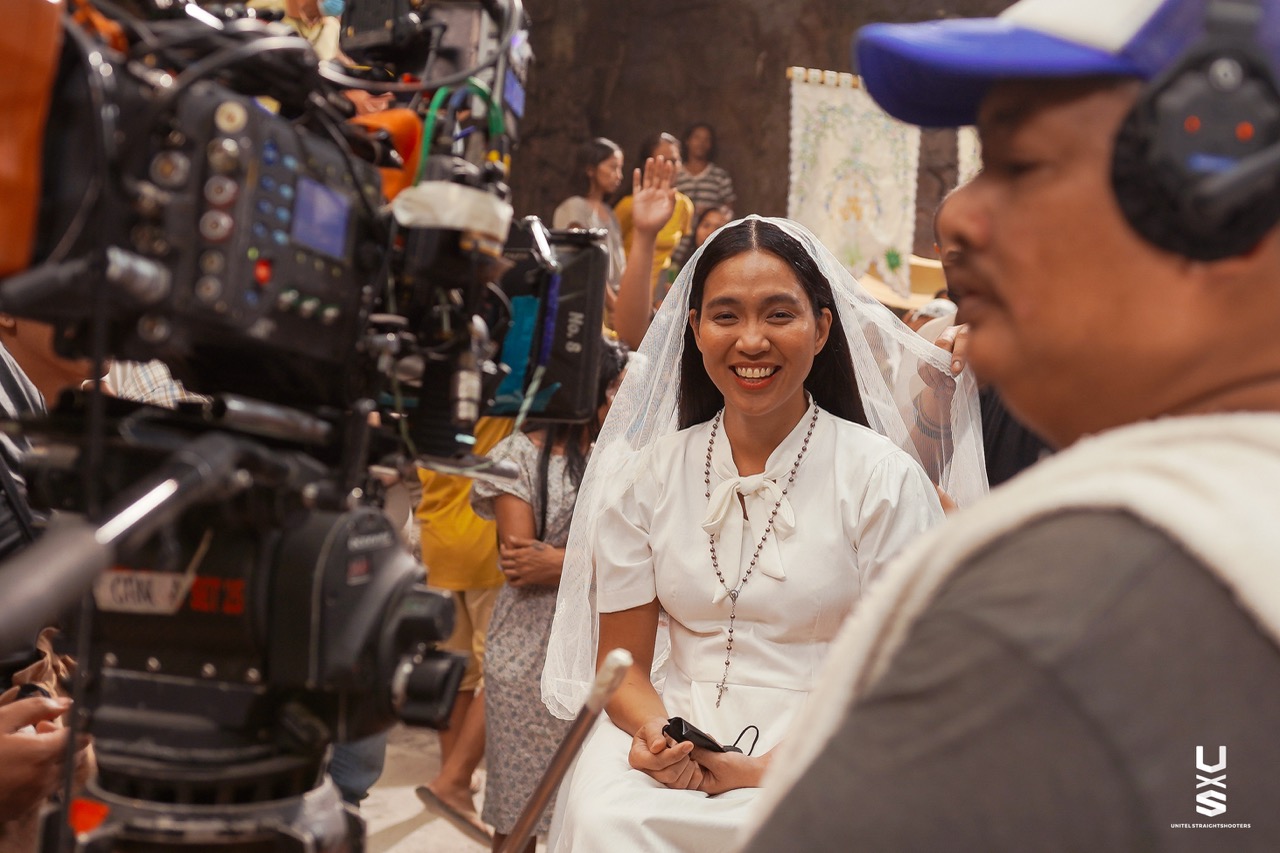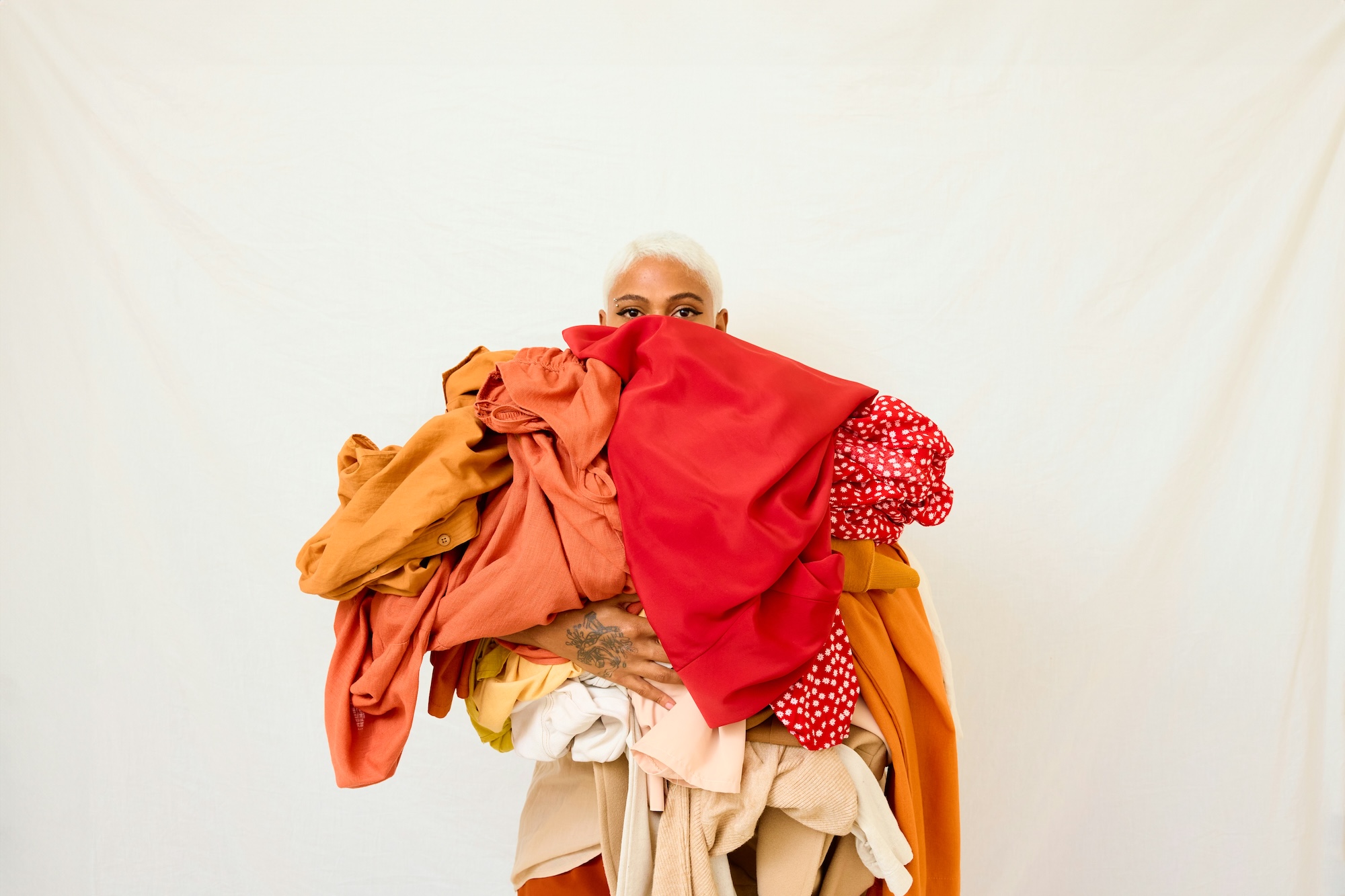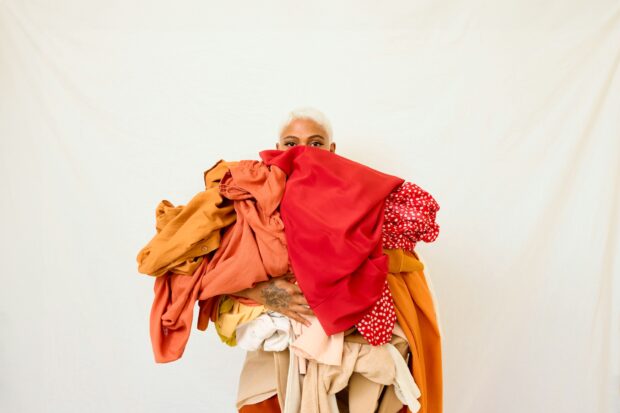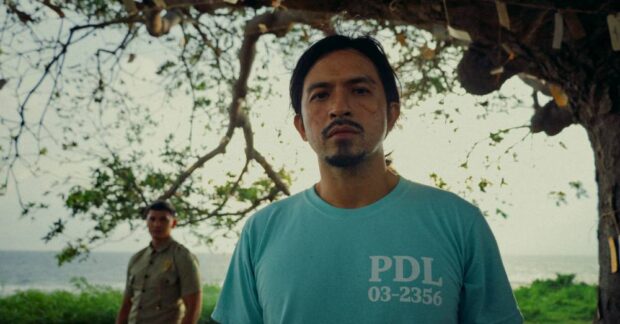
The Philippines’ return to the Venice Biennale in 2015 after a 50-year hiatus was greeted with much fanfare. One of the three major proponents of the country’s re-entry then, and up to now, was Sen. Loren Legarda. She worked with the Department of Foreign Affairs and National Commission for Culture and the Arts (NCCA).
“We have many talented Filipino artists worthy to be given the chance to showcase their craft… We should also use this as a platform to engage the international community on the cultural level,” Legarda said at the time.
Since then, the country has participated in both the Venice Art Biennale (2017) and Venice Architecture Biennale (2016, 2018).
For the 16th Architecture Biennale this year, curators Yvonne Farrell and Shelley McNamara chose the theme Freespace. The Philippine Pavilion’s exhibition, “The City Who Had Two Navels,” was curated by Cincinnati-based professor Edson Cabalfin, who chose to “confront the tension between the vicissitudes of the past and the challenges of constructing contemporary subjectivity.”
Cabalfin worked with a think-tank consortium (students and faculty from select architecture and design programs in the Philippines) and with filmmaker Yason Banal. Even as Cabalfin recently gave us a tour of the exhibit on view until Nov. 25 at the Arsenale in Venice, he admitted that the way he interpreted Freespace was a bit “mabigat” (heavy-handed).
Corollary events
The corollary events held in Venice and Milan helped ground the theme, making it more palatable for members of the Filipino communities who flocked to the half-day activity.

Farrell and McNamara selected the Philippines’ proposal, “Exhibiting Architecture: Display in the Age of the Postcolonial and Neoliberal,” to be part of the Meetings on Architecture program.
Banal set the tone when he said during his talk that architecture does not occur in a vacuum. “It is intersectional, not isolated.” His presentation consisted of YouTube snippets deconstructing architecture as an expanded and discursive field. It included scenes as disparate as that of Baguio locals protesting the cutting of trees, Lino Brocka’s “Manila sa Kuko ng Liwanag” and the recent crash landing of the Xiamen plane on the Ninoy Aquino International Airport runway that resulted in dozens of canceled flights, and thousands of stranded passengers.
University of the Philippines professor Lisa Ito-Tapang screened two short films documenting the struggles of a rural school for indigenous peoples in Surigao Del Sur, and an urban poor group’s occupation of idle housing lots in Bulacan.
Filipinos on world stage
For his lecture, “Nation as Spectacle: Philippine Pavilions in International Expositions (1897-1998),” Cabalfin looked at how Filipinos have presented themselves on the world stage—and how very little seems to have changed.

“The first time was at the 1887 Exposicion General de las Islas Filipinas in Madrid that featured several villages including an Igorot village and water buffaloes,” he said.
At the 1901 fair in Buffalo, New York, a thatched grass roof greeted visitors at the entrance of the Philippine village while the 1904 World’s Fair in St. Louis, Missouri, included over a thousand Filipino men, women and children, some of whom fashioned traditional homes made of bamboo and wood shipped from the Philippines. Visitors came to gawk at our ancestors, marveling at the women’s bare breasts, and watching transfixed as the Igorots killed and butchered dogs for food.

These images were some of the archival footage that independent media artist Marlon Fuentes used for his 1993 film, “Bontoc Eulogy,” which was screened for the Philippine community in Venice and Milan. The movie follows a Filipino’s search for his grandfather who was exhibited as and treated like an anthropological specimen at the 1904 World’s Fair.
Audience participation
The series of events that was organized to get more Filipinos living in Italy interested in the Venice Biennale appears to have worked—if the spirited discussions that followed the screenings were any indication.
Guests who attended had no difficulty grasping grounded concepts like the dream of a better life through proper education, or the security and peace of mind that comes with having a home to call their own.

“This is the first time that we have seen such participation since the Philippines rejoined the Venice Art Biennale four years ago,” said Riya Lopez of NCCA.
Although Legarda may have wanted to “engage the international community on the cultural level,” the corollary activities drew fellow Filipinos hungry for news of home.














































